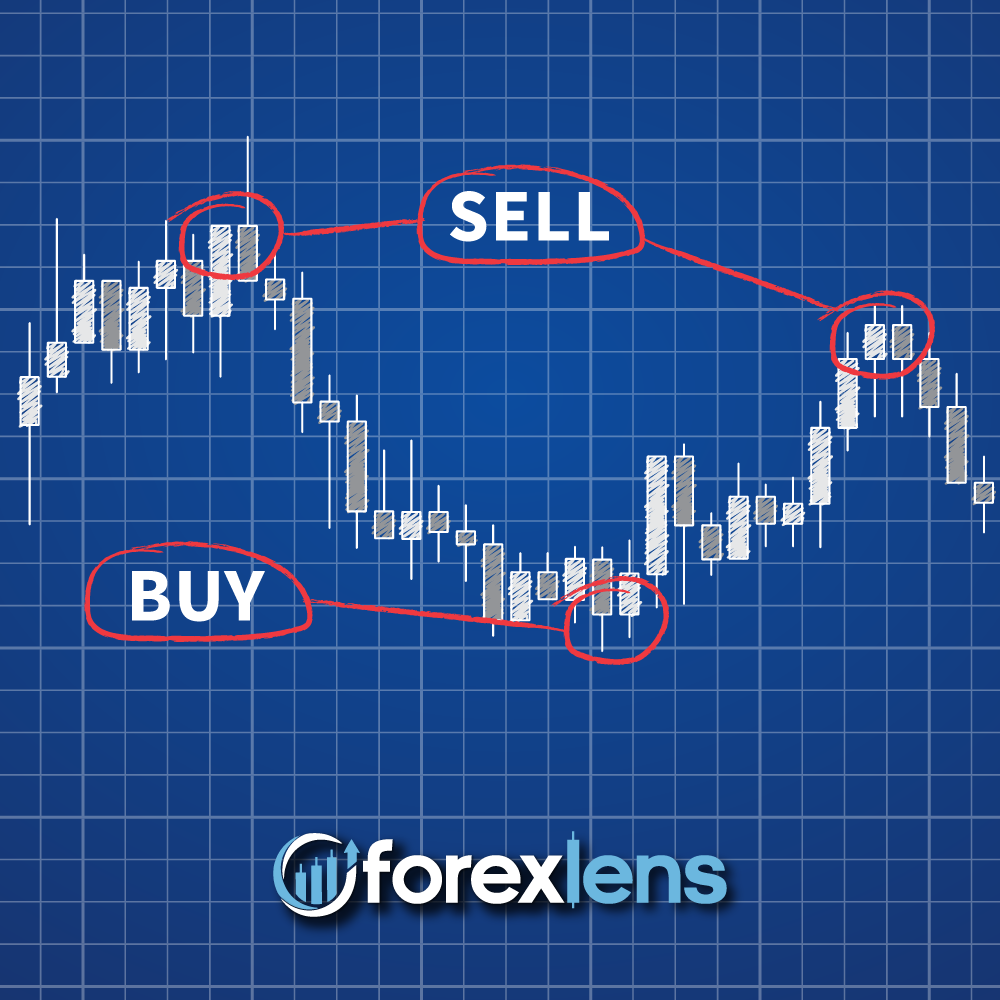Introduction
Venturing into the realm of financial markets, traders often face a choice between the dynamic world of options trading and the seemingly tranquil waters of forex trading. While both avenues promise the allure of profit, the complexity lurking within options trading sets it apart as a formidable challenge compared to the relatively straightforward nature of forex. In this comprehensive guide, we embark on a journey to unravel the intricacies of options trading, deciphering the factors that make it a more demanding endeavor than its currency-focused counterpart.

Image: www.forexlens.com
Navigating the Nuances of Options Trading
Options trading, in its essence, involves the buying and selling of contracts that grant the holder the right, but not the obligation, to buy or sell an underlying asset at a predetermined price on a specific date. This intricate dance between rights and responsibilities introduces a level of sophistication that eludes forex trading, where transactions revolve solely around the exchange of currencies.
One of the primary complexities of options trading lies in its multidimensional pricing structure. Unlike forex, which relies on the interplay of supply and demand to determine currency values, the pricing of options contracts encapsulates a myriad of factors. These include the underlying asset’s price, the strike price (the predetermined price at which the contract can be exercised), the time remaining until expiration, and implied volatility. Grasping the subtle interplay of these variables requires a keen eye for detail and a deep understanding of market dynamics.
Time and Risk: Unlocking the Secrets
Time holds immense significance in options trading, imposing both constraints and opportunities. Options contracts possess a finite lifespan, expiring on a predetermined date. This temporal element introduces the concept of time decay, which gradually erodes the value of an option the closer it gets to expiration. Managing this time decay requires traders to carefully balance their entry and exit points, a skill honed through experience and analytical prowess.
Inherent in the nature of options trading is an ever-present dance with risk. The potential rewards of options trading are often accompanied by an elevated level of risk commensurate with the leverage they offer. Understanding the intricacies of risk management, including concepts like delta, gamma, and theta, is paramount for options traders. These metrics paint a vivid picture of how an option’s value responds to changes in underlying asset prices and market conditions.
Forex Trading: Navigating the Currents
In stark contrast to the labyrinthine complexities of options trading, forex trading offers a more streamlined approach. Forex, short for foreign exchange, involves the trading of currency pairs, where one currency is bought while the other is sold simultaneously. The dynamic interplay of global economic factors, central bank policies, and geopolitical events determines currency values in the forex market.
Simplicity lies at the heart of forex trading. Its focus on currency pairs eliminates the need to grapple with multiple underlying assets and their complexities. Furthermore, forex markets are characterized by high liquidity and relatively low transaction costs, making it more accessible to a broader range of traders.

Image: www.youtube.com
Options Trading Harder Than Forex

Image: www.pinterest.com
Conclusion
The choice between options trading and forex trading hinges upon an individual’s risk tolerance, investment goals, and proficiency in navigating financial complexities. Options trading, with its intricate pricing structure, time decay dynamics, and elevated risk profile, demands a higher level of expertise compared to forex trading, whose simplicity and accessibility make it a more suitable option for those new to the financial markets. Embarking on the path of options trading calls for a profound understanding of its nuances, while forex trading offers a more forgiving learning curve.






